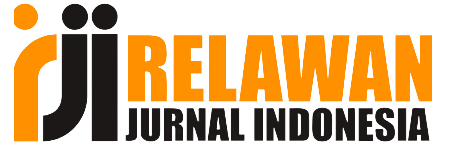Rancang Bangun Virtual Laboratorium Monopulse Secondary Surveillance Radar Berbasis Augmented Reality
Abstract
Monopulse Secondary Surveillance Radar (MSSR) is an important tool in monitoring air traffic, the complexity of radar equipment and the availability of radar equipment for practicum makes students and training participants less than optimal in learning radar, both theory and practice. Technological developments and increasing utilization of education are opportunities for updating learning. The purpose of this study is to find out the needs in learning radar with augmented reality by making MSSR prototypes, methods for manufacturing using the prototype method with the framework approach of the System Development Life Cycle, then for testing using black box testing, testing the function of the prototype and the results obtained. it is found that the function of the prototype is in accordance with the requirements document required in the implementation of radar education.
Downloads
References
Ahmed, M. E., & Hasegawa, S. (2021). Development of online virtual laboratory platform for supporting real laboratory experiments in multi domains. Education Sciences, 11(9). https://doi.org/10.3390/educsci11090548
Akçayır, M., & Akçayır, G. (2017). Advantages and challenges associated with augmented reality for education: A systematic review of the literature. Educational Research Review, 20, 1–11. https://doi.org/10.1016/j.edurev.2016.11.002
Bajaj, R., & Sharma, V. (2018). Smart Education with artificial intelligence based determination of
learning styles. Procedia Computer Science, 132, 834–842. https://doi.org/10.1016/j.procs.2018.05.095
Bryan, S. J., Campbell, A., & Mangina, E. (2018). Scenic Spheres-An AR/VR Educational Game. 2018 IEEE Games, Entertainment, Media Conference, GEM 2018, 367–374. https://doi.org/10.1109/GEM.2018.8516456
Celik, C., Guven, G., & Cakir, N. K. (2020). Integration of mobile augmented reality (Mar) applications into biology laboratory: Anatomic structure of the heart. Research in Learning Technology, 28(1063519), 1–11. https://doi.org/10.25304/rlt.v28.2355
Chang, R. C., & Yu, Z. S. (2018). Using augmented reality technologies to enhance students’ engagement and achievement in science laboratories. International Journal of Distance Education Technologies, 16(4), 54–72. https://doi.org/10.4018/IJDET.2018100104
Combs, C. D., & Meskó, B. (2015). Disruptive Technologies Affecting Education and Their Implications for Curricular Redesign. In The Transformation of Academic Health Centers: Meeting the Challenges of Healthcare’s Changing Landscape. Elsevier Inc. https://doi.org/10.1016/B978-0-12-800762-4.00007-4
Daineko, Y., Dmitriyev, V., & Ipalakova, M. (2017). Using virtual laboratories in teaching natural sciences: An example of physics courses in university. Computer Applications in Engineering Education, 25(1), 39–47. https://doi.org/10.1002/cae.21777
Dan, P., Personel, K., & Lalu, P. (2017). tentang Peraturan Keselamatan Penerbangan Sipil Bagian 143 ( Civil Aviation Safety Regulation Part 143 ) tentang Penyelenggara Pendidikan dan Pelatihan Bidang Navigasi. 01.
Gomes, L., & Bogosyan, S. (2009). Current trends in remote laboratories. IEEE Transactions on Industrial Electronics, 56(12), 4744–4756. https://doi.org/10.1109/TIE.2009.2033293
Hafidi, M., Benaddy, M., & Krit, S. D. (2018). Review of optimization and automation of air traffic control systems. ACM International Conference Proceeding Series. https://doi.org/10.1145/3234698.3234708
Islam, H. D. B., Harjono, R. D. S., Oka, I. G. A. A. M., & Dymiati. (2018). Rancangan Receiver Automatic Dependent Surveillance Broadcast ( ADS-B ) Menggunakan RTL-SDR R820T2 Guna Meningkatkan Pelayanan Navigasi Penerbangan di Bandar Udara Internasional Lombok. 2(2), 35–42.
Kearns, S. K. (2010). E-Learning in Aviation.
Kharoufah, H., Murray, J., Baxter, G., & Wild, G. (2018). A review of human factors causations in commercial air transport accidents and incidents: From to 2000–2016. Progress in Aerospace Sciences, 99(November 2017), 1–13. https://doi.org/10.1016/j.paerosci.2018.03.002
Learning, P. B. (2014). Jurnal Pendidikan IPA Indonesia. Jurnal Pendidikan IPA Indonesia, 3(1), 95–101.
Pintrich, P. R. (2002). The Role of Metacognitive Knowledge in Learning, Teaching, and Assessing, Theory into Practice. American Journal of Psychology, 41(4), 219–225. https://doi.org/10.1207/s15430421tip4104
Potkonjak, V., Gardner, M., Callaghan, V., Mattila, P., Guetl, C., Petrović, V. M., & Jovanović, K. (2016). Virtual laboratories for education in science, technology, and engineering: A review. Computers and Education, 95, 309–327. https://doi.org/10.1016/j.compedu.2016.02.002
Purwaningtyas, D. A., Prabowo, H., Napitupulu, T. A., & Purwandari, B. (2022). the Integration of Augmented Reality and Virtual Laboratory Based on the 5E Model and Vark Assessment: a Conceptual Framework. Jurnal Pendidikan IPA Indonesia, 11(3), 449–460. https://doi.org/10.15294/jpii.v11i3.36367
Rambli, D. R. A., Nayan, M. Y., & Sulaiman, S. (2007). A Portable Augmented Reality Lab. Ist International Malaysian Educational Technology Convention, 1(January 2015), 176–183.
Rios, H., González, E., Rodriguez, C., Siller, H. R., & Contero, M. (2013). A mobile solution to enhance training and execution of troubleshooting techniques of the engine air bleed system on boeing 737. Procedia Computer Science, 25, 161–170. https://doi.org/10.1016/j.procs.2013.11.020
Södervik, I., Katajavuori, N., Kapp, K., Laurén, P., Aejmelaeus, M., & Sivén, M. (2021). Fostering performance in hands-on laboratory work with the use of mobile augmented reality (Ar) glasses. Education Sciences, 11(12). https://doi.org/10.3390/educsci11120816
Tsutsui, W., Lopez-Parra, R. D., Coutinho, G. S., Mello, A. W., Sangid, M. D., & Moore, T. J. (2020). The implementation of virtual labs in aerospace structures education. ASEE Annual Conference and Exposition, Conference Proceedings, 2020-June(August). https://doi.org/10.18260/1-2--35339
Wyss, C., Degonda, A., Bührer, W., & Furrer, F. (2022). The Impact of Student Characteristics for Working with AR Technologies in Higher Education—Findings from an Exploratory Study with Microsoft HoloLens. Information (Switzerland), 13(3). https://doi.org/10.3390/info13030112
Copyright (c) 2023 Dian Anggraini Purwaningtyas, Johan Wahyudi, Feti Fatonah, Muh Wildan, Irvan Hanafi, Iga Ayu Mas Oka

This work is licensed under a Creative Commons Attribution-NonCommercial-NoDerivatives 4.0 International License.

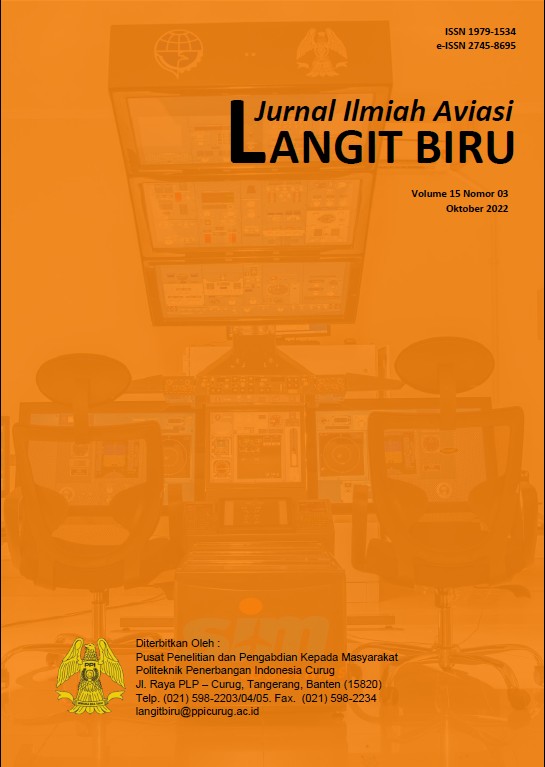
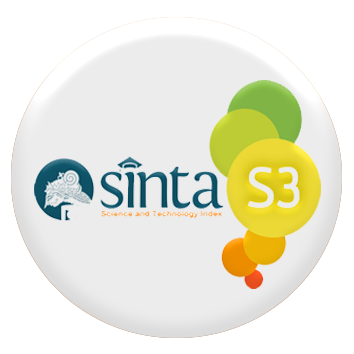
.png)
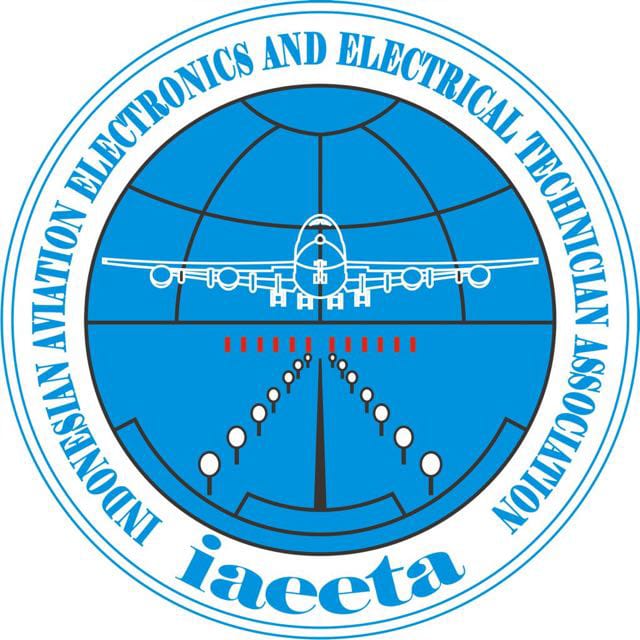
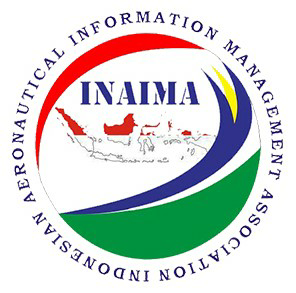
1.png)
.png)
